Premium Only Content
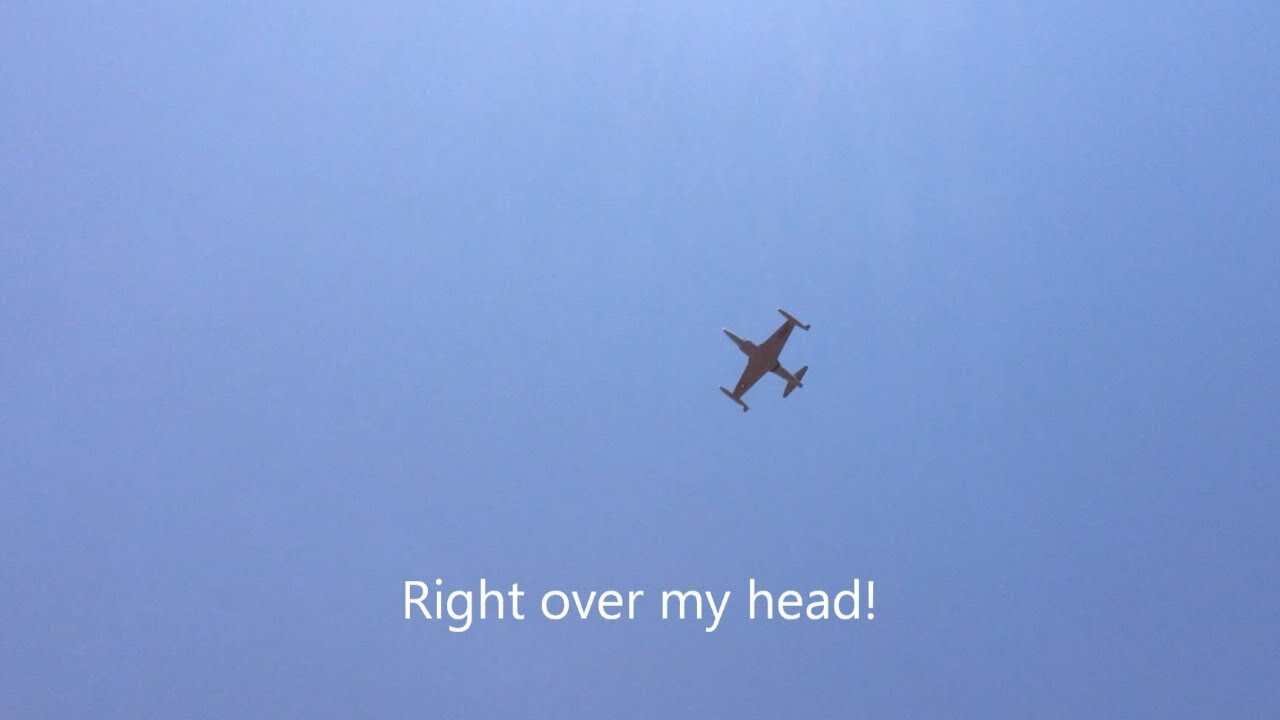
2013 Abbotsford International Airshow - T-33 Jet with Overhead Low Passes
This is video of the Lockheed T-33 Shooting Star taken on the edge of the United States/Canadian border at the 2013 Abbotsford International Airshow.
The Lockheed T-33 Shooting Star (or T-Bird) is an American jet trainer aircraft. It was produced by Lockheed and made its first flight in 1948 piloted by Tony LeVier. The T-33 was developed from the Lockheed P-80/F-80 starting as TP-80C/TF-80C in development, then designated T-33A. It was used by the U.S. Navy initially as TO-2 then TV-2, and after 1962, T-33B. Despite its age, the T-33 remains in service worldwide.
The T-33 was developed from the Lockheed P-80/F-80 by lengthening the fuselage by slightly over three feet and adding a second seat, instrumentation and flight controls. It was initially designated as a variant of the P-80/F-80, the TP-80C/TF-80C.[1]
Design work for the Lockheed P-80 began in 1943 with the first flight on 8 January 1944. Following on the Bell P-59, the P-80 became the first jet fighter to enter full squadron service in the United States Army Air Forces. As more advanced jets entered service, the F-80 took on another role—training jet pilots. The two-place T-33 jet was designed for training pilots already qualified to fly propeller-driven aircraft.
Originally designated the TF-80C, the T-33 made its first flight on 22 March 1948 with U.S. production taking place from 1948 to 1959. The US Navy used the T-33 as a land-based trainer starting in 1949. It was designated the TV-2, but was redesignated the T-33B in 1962. The Navy operated some ex-USAF P-80Cs as the TO-1, changed to the TV-1 about a year later. A carrier-capable version of the P-80/T-33 family was subsequently developed by Lockheed, eventually leading to the late 1950s to 1970s T2V-1/T-1A SeaStar. The two prototype TF-80Cs were modified as prototypes for an all-weather two-seater fighter variant which became the F-94 Starfire. A total of 6,557 Shooting Stars were produced, 5,691 by Lockheed, 210 by Kawasaki and 656 by Canadair.
The two-place T-33 proved suitable as an advanced trainer, and it has been used for such tasks as drone director and target towing. The U.S. Air Force began phasing the T-33 out of front line pilot training duties in the Air Training Command in the early 1960s as the Cessna T-37 Tweet and Northrop T-38 Talon aircraft began replacing it under the Undergraduate Pilot Training (UPT) construct. The T-33 was used to train cadets from the Air Force Academy at Peterson Field (now Peterson Air Force Base in Colorado Springs). The T-37 replaced the T-33 for Academy training in 1975.Similar replacement also occurred in the U.S. Navy with the TV-1 (also renamed T-33 in 1962) as more advanced aircraft such as the North American T-2 Buckeye and Douglas TA-4 Skyhawk II came on line. USAF and USN versions of the T-33 soldiered on into the 1970s and 1980s with USAF and USN as utility aircraft and proficiency trainers, with some of the former USN aircraft being expended as full scale aerial targets for air-to-air missile tests from naval aircraft and surface-to-air missile tests from naval vessels. Several T-33s were assigned to USAF McDonnell F-101 Voodoo, Convair F-102 Delta Dagger and Convair F-106 Delta Dart units, to include similarly equipped Air National Guard units, of the Aerospace Defense Command as proficiency trainers and practice "bogey" aircraft. Others later went to Tactical Air Command and TAC-gained Air National Guard F-106 and McDonnell-Douglas F-4 Phantom II units in a similar role until they were finally retired.
-
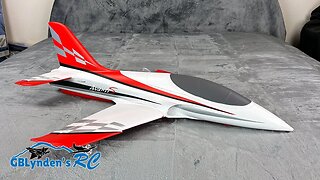 7:43
7:43
GBLynden's RC
1 year agoNew Jet Unboxing | Arrows RC Avanti S 50mm EDF Jet
283 -
 1:02:10
1:02:10
VINCE
4 hours agoWhat Just Happened At The White House? | Episode 106 - 08/19/25
163K158 -
 LIVE
LIVE
LFA TV
5 hours agoLFA TV ALL DAY STREAM - TUESDAY 8/19/25
4,456 watching -
 1:18:04
1:18:04
The Big Mig™
4 hours agoTrump, NO More Voter Fraud It’s Time, LFG
17K9 -
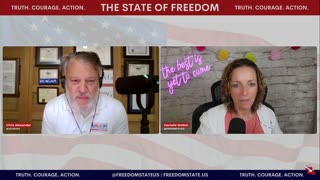 DVR
DVR
The State of Freedom
7 hours ago $0.42 earned#325 Running an America-First Campaign w/ Sammy Wyatt
48.6K2 -
 1:50:16
1:50:16
Dear America
4 hours agoTrump Calls Putin MID-MEETING With World Leaders!! Did Trump just END THE WAR?!
105K64 -
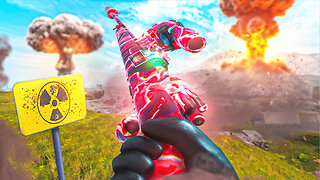 LIVE
LIVE
GritsGG
4 hours agoWin Streaking! Most Wins 3390+ 🧠
105 watching -
 2:03:23
2:03:23
Matt Kohrs
11 hours agoLIVE! Day Trading Futures & Options || Market Open
38.2K1 -
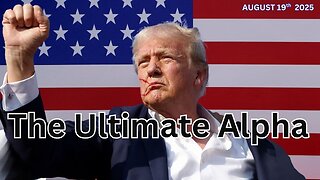 2:59:30
2:59:30
Wendy Bell Radio
7 hours agoThe Ultimate Alpha
72.4K39 -
 LIVE
LIVE
Reidboyy
3 hours ago $0.40 earnedNEW FREE FPS OUT ON CONSOLE TODAY! (Delta Force = BF6 Jr.)
31 watching